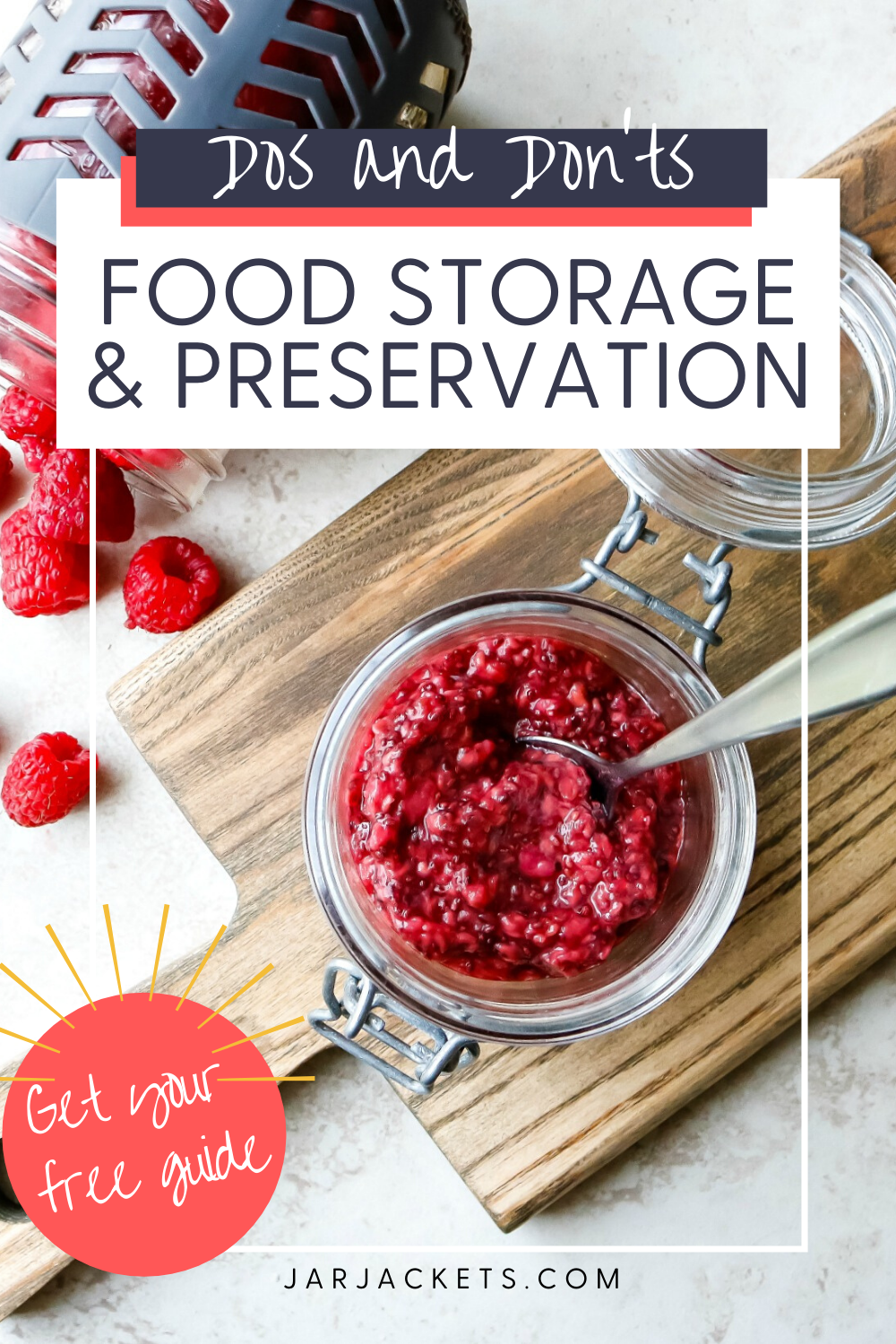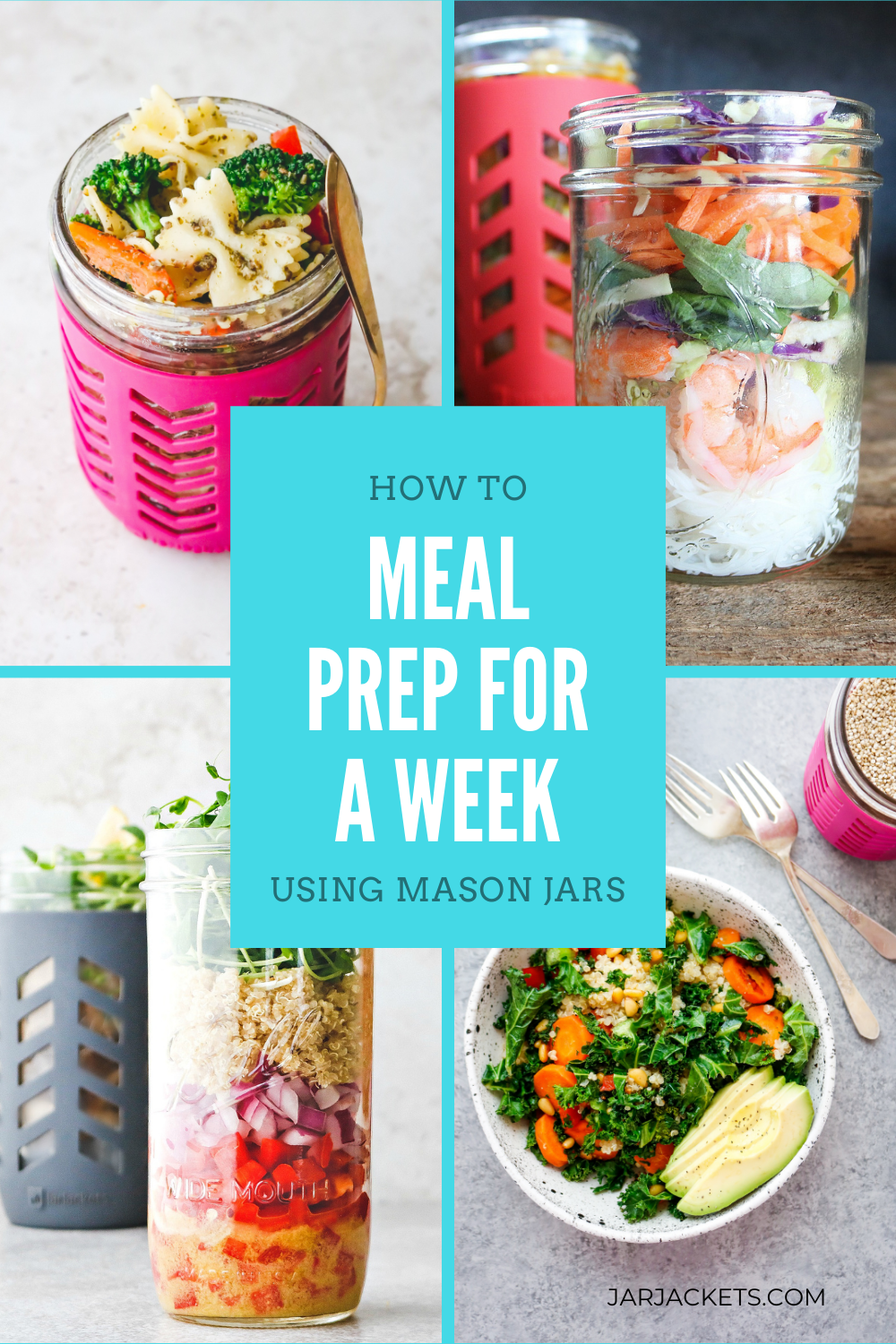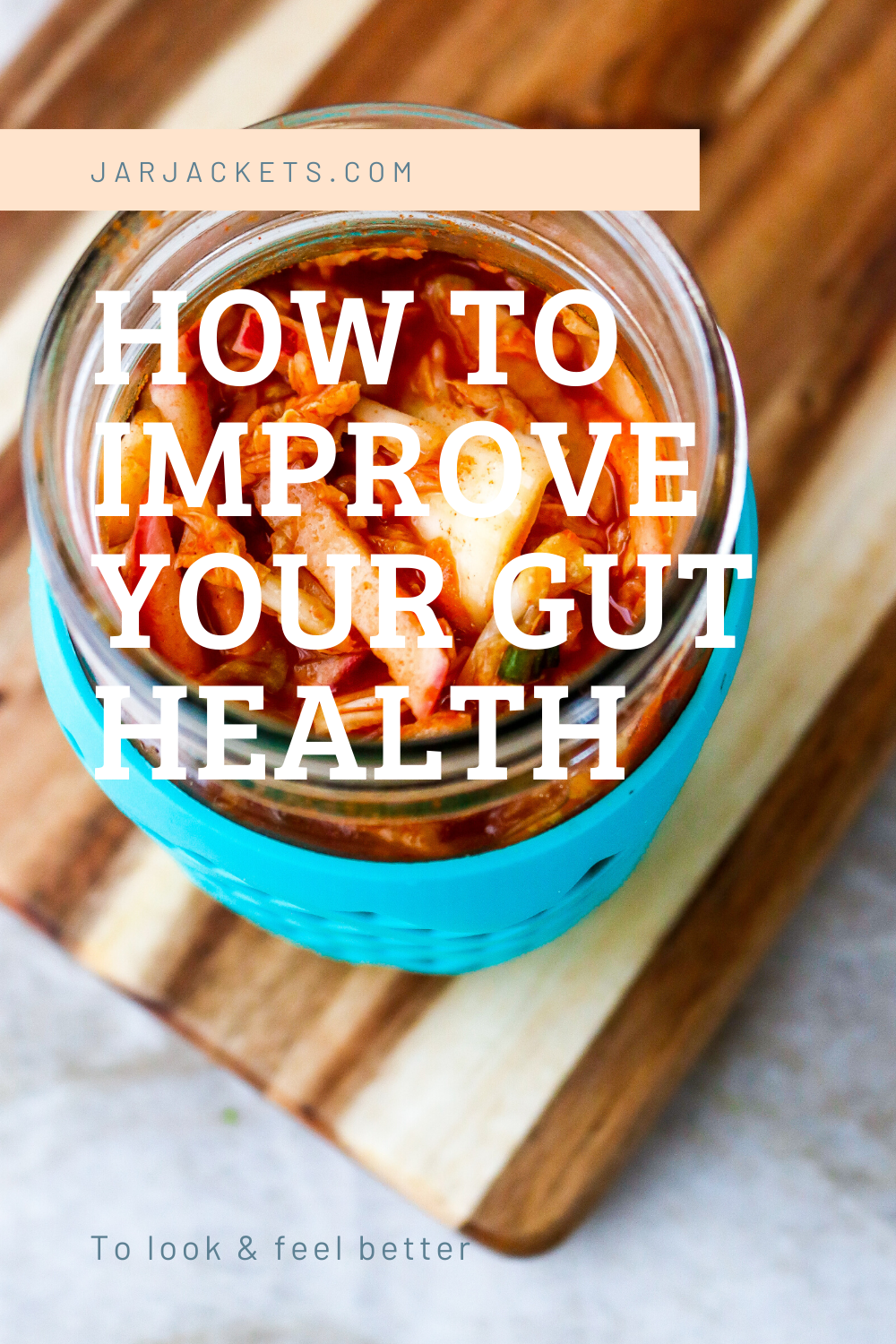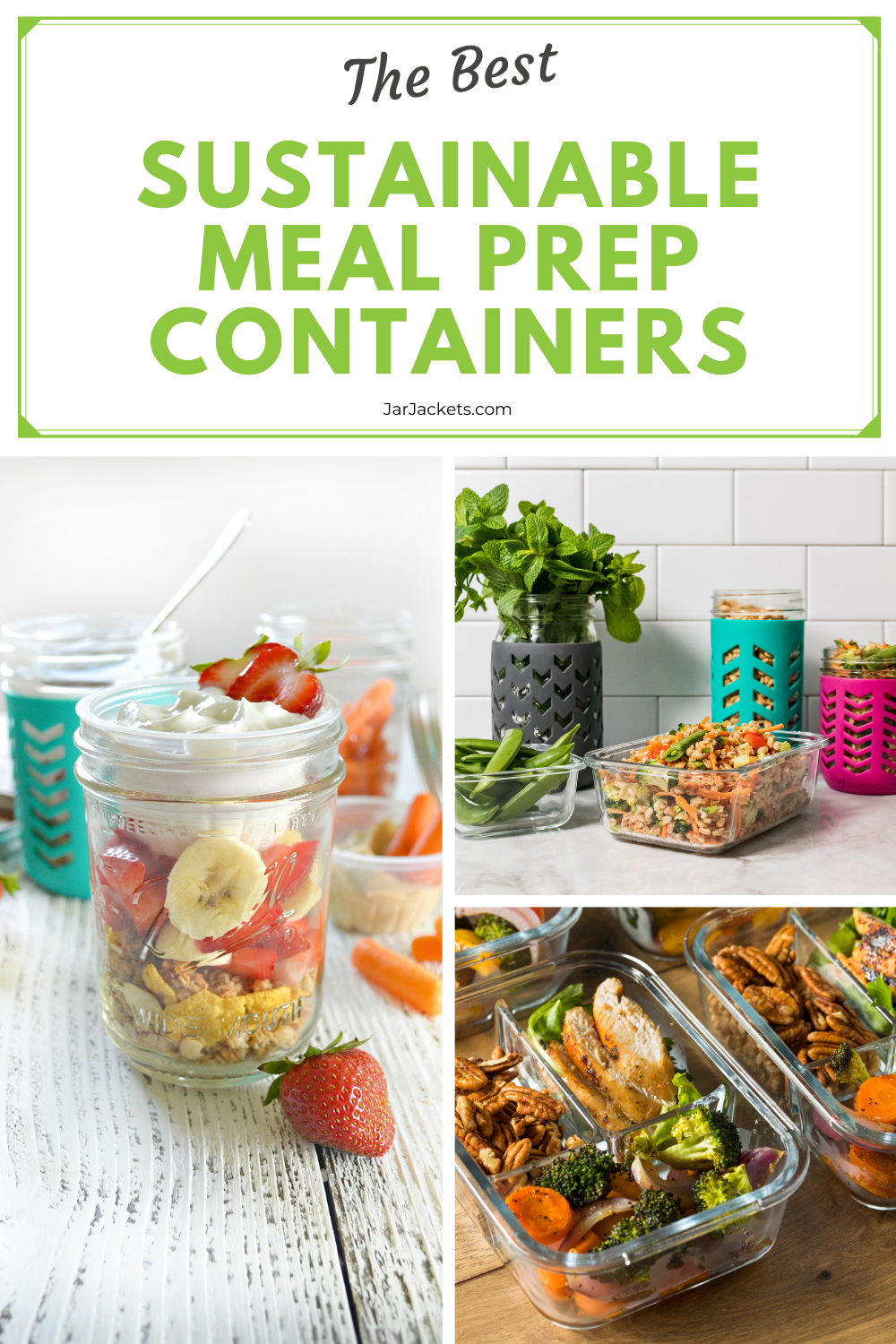Your Cart is Empty
FREE SHIPPING (US ONLY) ON ORDERS OVER $20
FREE SHIPPING (US ONLY) ON ORDERS OVER $20
July 28, 2020 5 min read

Many of us have the same dream: A well-organized kitchen full of whole and healthy foods neatly organized in the fridge or the pantry.
In this dream, we never find apples on the counter that have gone mushy. Nor do we discover shriveled up peppers in the fridge. There is always nutrient-dense food on hand. And we certainly don’t find ourselves throwing produce away.
Rather, when we’re at our best, we grab those Anaheim peppers and pickle them to use as a relish long after the garden stops growing. We pick up fresh peaches at the farmers market and turn them into a salsa that we gift to a friend. We might even be up for the challenge of homemade kombucha.
Unlike the dream of your kids picking stuff up off the steps, this dream is achievable. All you need is the proper equipment (we love you Mason jars!) and a bit of know-how. Let’s dive in.
Before we get into canning, freezing, pickling or fermenting, let’s spend a few minutes on basic food storage—and ways to keep yourself safe from microorganisms like Salmonella or E. coli.
Food that is perishable should be left out, at room temperature, for no longer than two hours, according to the the U.S. Food and Drug Administration. If it’s hot out, it shouldn’t be left out for more than an hour.
A few more tips:
Imagine fresh peach jam spread on homemade bread on a chilly December morning. Or homemade tomato sauce served at a pasta dinner with family. Or how about applesauce for the baby?
Canning isn’t just about saving money (although that’s always nice); it’s about the sincere pleasure of pouring love and effort into your food—and sharing it with others. Plus, it’s fun!
So how do you get started?
First, gather your supplies. You’ll need:
A quick word about food safety: The purpose of canning is to heat food to kill organisms that are already there and to seal food to keep any new organisms from getting in. If you’re canning high-acid foods (jams, jellies, anything pickled or tomatoes), that’s all accomplished simply by submerging your finished jars in boiling water. But if you’re canning low-acid foods, boiling water is not hot enough to ensure their safety, which is why you’ll have to use a pressure canner.
With that warning out of the way, let’s talk about some of the yummy things you can make—for yourself or for a gift. How about Apricot Amaretto Jam, Peach Chili Sauce or Sweet and Spicy Pickled Red Grapes? (Note: You can make your finished product look extra pretty with JarJackets.)
Ahhh the dreaded freezer burn. It happens when air comes into contact with food and, while it doesn’t make food unsafe to eat, it is unappetizing. You can minimize freezer burn by making sure your freezer is set at 0 degrees Fahrenheit or below, removing all air from packaging, using small containers to minimize empty space and double-wrapping food.
So how long can you safely keep food in the freezer?
A general rule of thumb is that food is good to eat for about three months once you freeze it, but check out this chart by FoodSafety.gov for info on specific foods. Also, make sure that you label everything that goes into your freezer with the date you put it in the freezer.
Fermenting is having a moment, thanks to all the good press on the many health benefits of probiotics. It works well for fresh sauerkraut, kimchi and other salty vegetables, but there is a bit of a learning curve in mastering this process.
Before you throw in the towel and head to the store to buy a bag of sauerkraut, take note that most of what you’ll find on the shelves has been pasteurized, meaning all the good bacteria has been killed off.
You won’t need any fancy equipment to ferment, but you will need a starter culture. You can buy one on Amazon (of course) or from your local health food store, but you can also ask a friend or even start your own.
From there, it’s just a matter of gathering your Mason jars, creating a brine and giving it time to do its work (about three weeks).
Have a garden full of veggies that exceeds what you can eat? Then it’s time to pickle!
The technique is as easy as it gets—and can be done to far more than cucumbers. Squash, green beans, beets, bell peppers, cabbage, mushrooms, eggplant, okra, onions, radishes, tomatoes and more can all be pickled.
And here’s the big news: Fruit can be pickled, too. Think pickled pears on a salad, pickled pineapple in a stir fry or pickled peaches served with pork chops.
All you need to get started is water, vinegar, salt, sugar or spices (optional) and Mason jars. Food that’s pickled will generally last a few weeks in the fridge. But processing your pickled foods in a hot water bath (essentially canning them; see the canning section above) will extend the shelf life up to a year.
Try our basic pickle brine recipe here!
You can use a dehydrator (they range from about $30 to $300) to make dried fruit, herbs or jerky, but you can also use your oven, microwave, sunshine or even just the air. This technique works by removing enough moisture from a food, so bacteria, yeast and mold cannot grow.
While using a dehydrator is the quickest way to go, air drying works well for herbs, mushrooms and hot peppers. (Note that extra caution must be taken when dehydrating meats.)
Mason jars are the ideal way to store your dried foods, which will keep for up to 12 months in a cool, dry and dark space.
This method is similar to dehydrating food in that the main goal is to remove moisture. The difference is that, with this method, salt is used to speed up the process and influence the taste. Think of foods like salted cod or charcuterie.
Mason jars are a critical component of many food preservation and storage methods. But their uses go well beyond that.
You can pair a Mason jar with a coffee lid (widely available at Amazon, Target, etc.) and take your morning Joe on the go. You can top one with a sippy lid and know that your toddler is drinking out of a safe container in a waste-free way. You can fill one with your favorite soup and have it ready to go for lunch the next day.
The only drawback? Glass jars aren’t the most portable. That’s easily solved with JarJackets, a line of silicon sleeves that slip right over the classic Mason jar, making them easy to grip and protecting them from the inevitable bumps on the road. They’re also 100 percent non-toxic, environmentally friendly and safe in the dishwasher, microwave and freezer.
Even better, that jar of Strawberry-Riesling Jam will look as amazing as it tastes.
Comments will be approved before showing up.

April 26, 2025 6 min read
We all like the idea of making our families healthy meals, saving money and doing our part to cut down on waste.
But we also like the idea of getting a good night’s sleep, not having a huge mess to clean up in the kitchen after dinner and — just maybe — having time to watch a bit of Netflix or read a book.

April 16, 2025 4 min read

April 09, 2025 2 min read